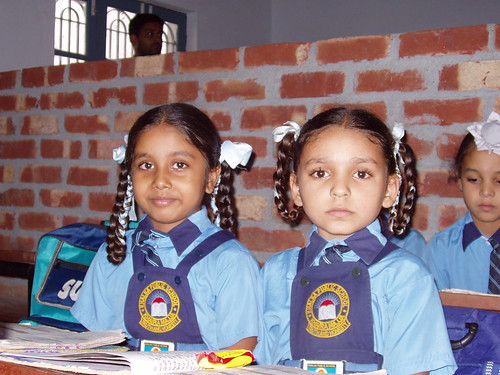Selective Abortions in Punjab

While in the village in Jalundhar, Punjab, Lisa and I interviewed teachers at the local schools. It was touching to see and hear how beautiful, candid, and bubbly these women were. These women relayed to us many of the social issues they face, and the lack of assistance available to them.
A very unfortunate and controversial issues is foeticide, or selective abortion based on the sex of the fetus. They indicated that it is not just a problem that belongs to poor or lower caste families; it is a societal problem with significant ramifications. The ratio of boys to girls is astounding in the states of Haryana, Punjab, and Gujarat. The teachers indicated both upper class, wealthy families and lower class, poor families have selective abortions. The teachers indicated that "poor families would starve themselves to save up money to buy an abortion under the table." They indicated the need for social services and education in rural areas is needed to help prevent selective abortions.
I recently read an article in the Christain Science Monitor about the astounding rate of selective abortion in India. The prestigious British medical journal, The Lancet, stated that over 500,000 selective abortions are done per year to avoid births of girls! 
A girl child is considered more of a 'liability' rather than an 'asset.' To marry a daughter, most times the family is obligated to give dowry to the groom's family. Also sons maintain the family's name and contribute to the family's wealth. Strict laws were passed to ban selective abortions in 1994; however the rate has increased and such abortions are generally done through bribes and other illegal means. There has been a crackdown recently on this illegal practice. Along with punishing perpetrators, the government needs to provide more social programs and incentives to families bearing daughters. It is too deep of a problem to simply punish. Reform of societal values and education in rural areas is vital.
